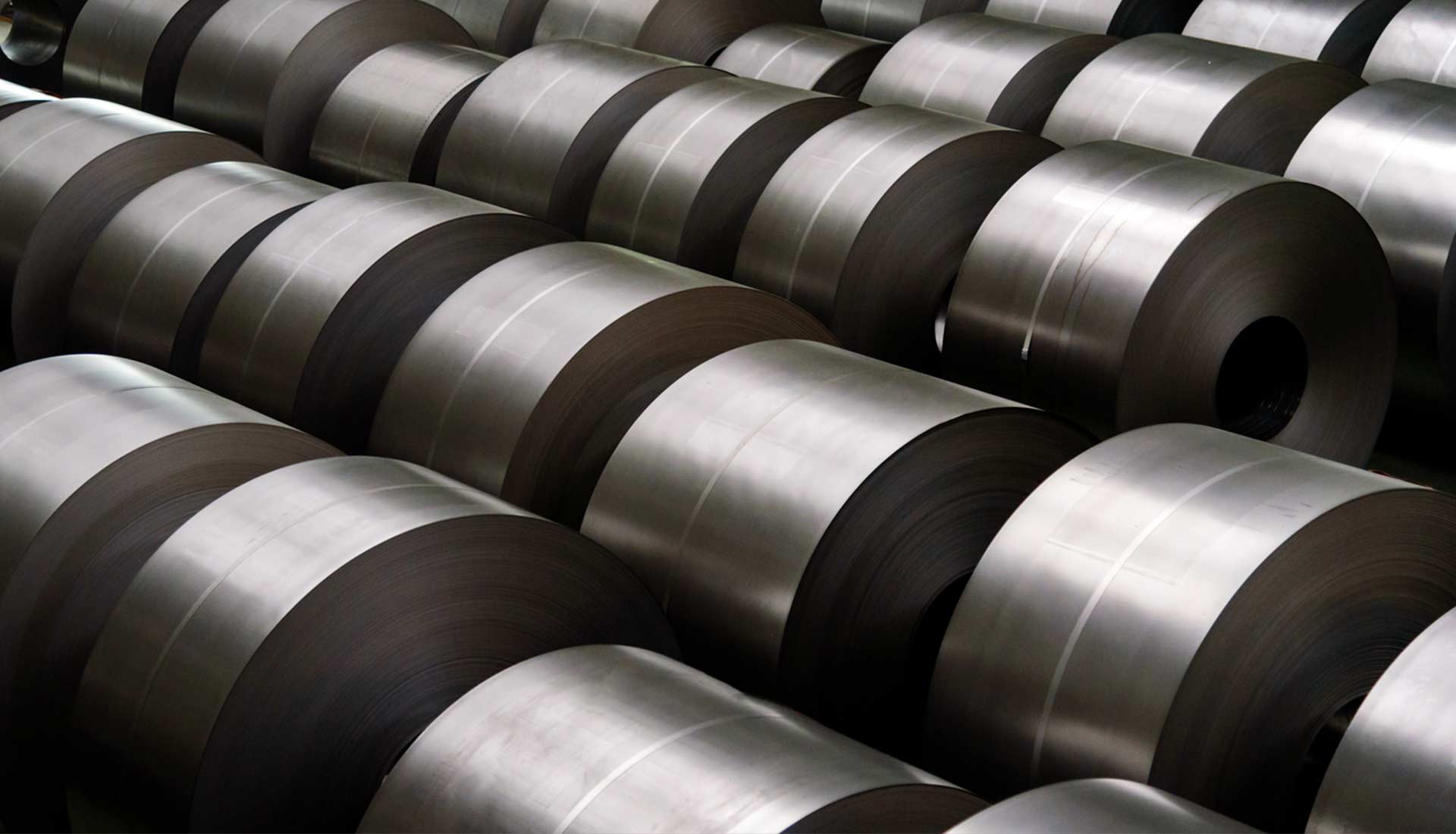

6 Industries Added by OSHA to the Combustible Dust NEP Program
n late January 2023, a new version of the Combustible Dust National Emphasis was issued by the Occupational Safety and Health Administration. The objective was to ensure that facilities that either produce or process combustible dusts capable of creating hazards such as fires, deflagrations, flash fires, and explosion hazards continue to undergo inspections by OSHA.
In October 2007, the Combustible Dust NEP was first initiated by OSHA following several instances involving combustible dusts that caused several injuries and deaths. This program was reissued again in March 2008, when a sugar refinery in Georgia witnessed a combustible dust explosion. Each year, starting in 2007, approximately 600 inspections were conducted by the agency under this program.
Taking into account the reports on combustible dust incidents as well as the history underlying the enforcement, revisions were made to the NEP. Products of food and wood were the primary sources of fires and explosions involving combustible dusts, and made up 70% of the substances that led to such incidents. According to incident reports, agricultural and food production facilities, lumber production industries, and wood processing plants are more prone to hazards involving combustible dusts. However, other industries are not entirely safe either.
In the revised program, a novel approach is integrated to help identify and assess establishments of interest. OSHA integrated these industries into the program since they were more prone to experience disasters pertaining to combustible dusts due to their proneness to such hazards:
- 311812 – Commercial Bakeries
- 325910 – Printing Ink Manufacturing
- 321912 – Cut Stock, Resawing Lumber, and Planning
- 316110 – Leather and Hide Tanning and Finishing
- 321214 – Truss Manufacturing
- 424510 – Grain and Field Bean Merchant Wholesalers
OSHA’s Assistant Secretary explained that for the agency, the combustible dust NEP is a crucial program since it inspects hazardous facilities in the country before disaster strikes. This is pertinent because facilities and workers can sustain severe harm if explosions or fires occur.
Until OSHA cancels NEP’s revised directive, the March 2008 directive remains in effect.
The new addition does not replace the grain handling facility directive, but it can cover some operations related to grain processing not covered by the grain handling directive.


Addressing NFPA 652 Standard Regarding Combustible Dusts
Do you operate a facility that requires you to engage with substances that are dusty or powdery in n


6 Industries Added by OSHA to the Combustible Dust NEP Program
n late January 2023, a new version of the Combustible Dust National Emphasis was issued by the Occup


Ensuring the Safety of Facility Through Dust Explosion Test Data
“Could it be a problem if my powder has demonstrated 3mJ of minimum ignition energy and 256 bar.m/





